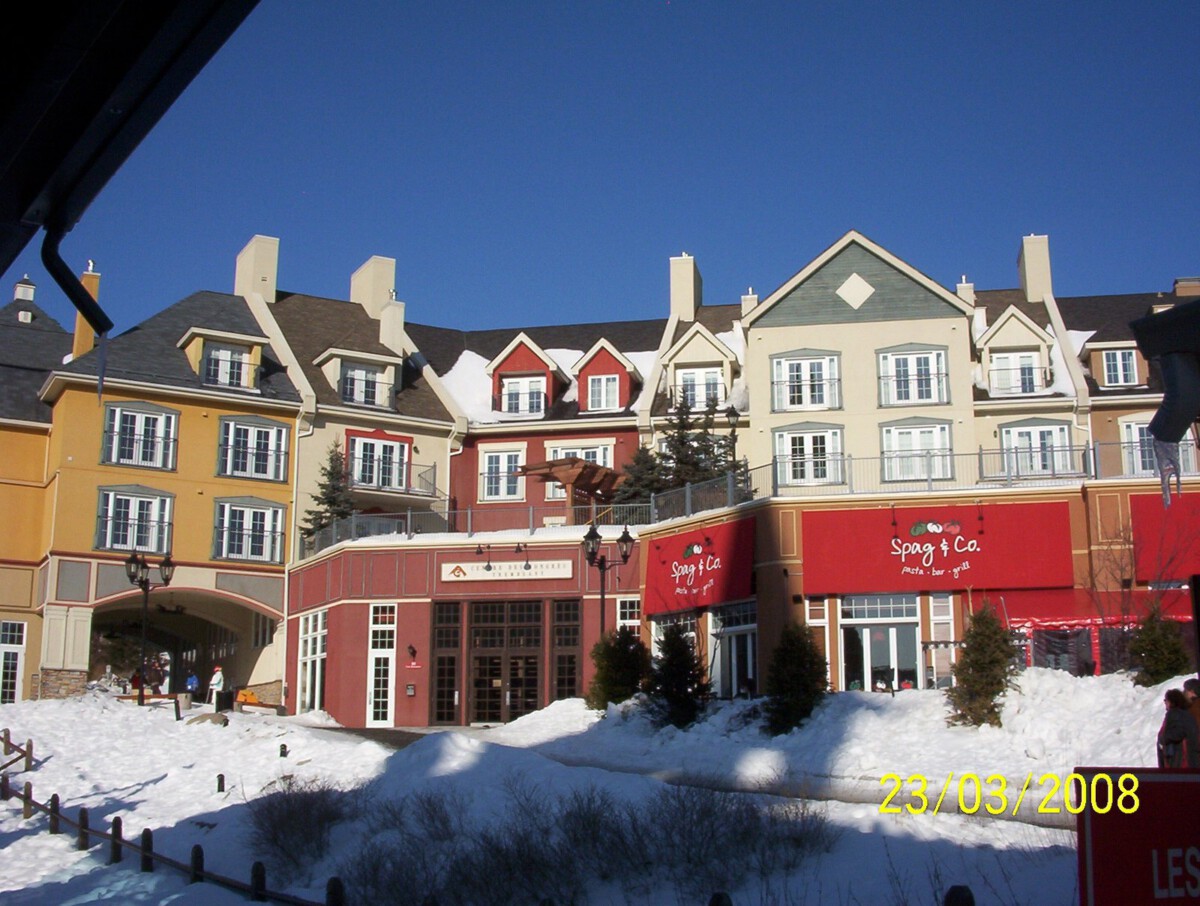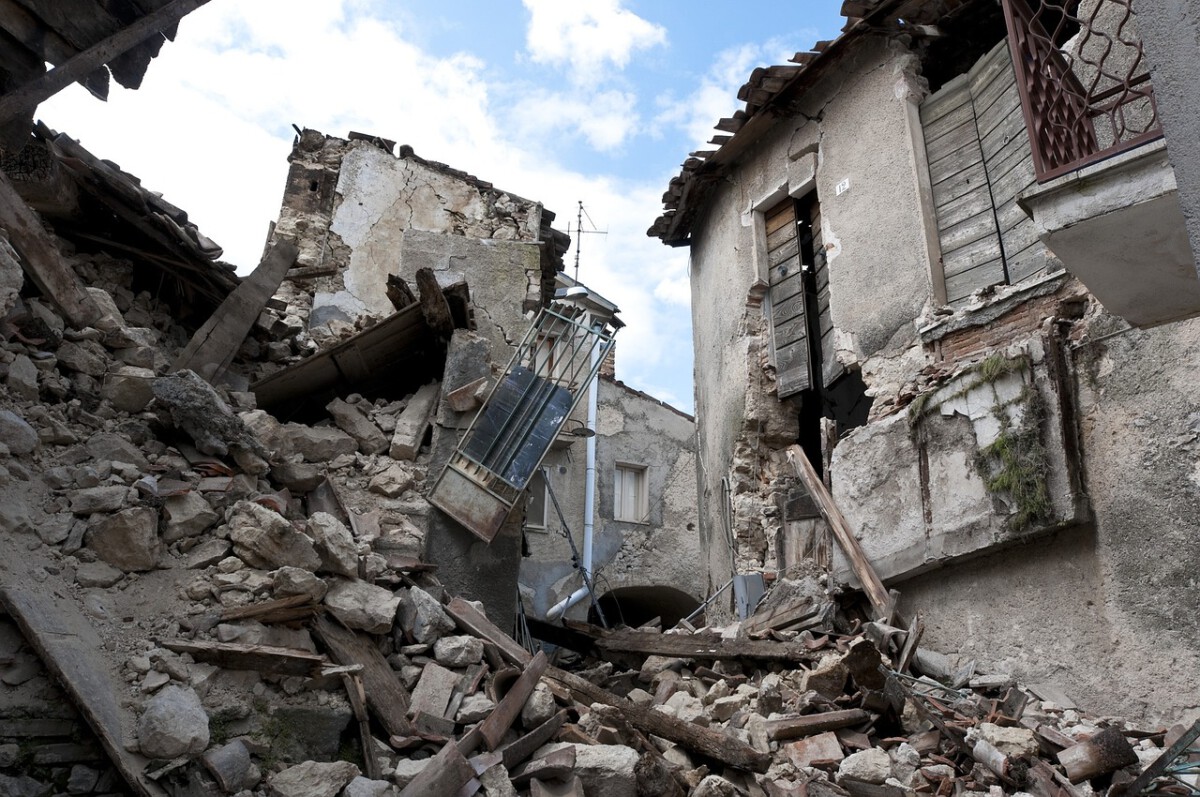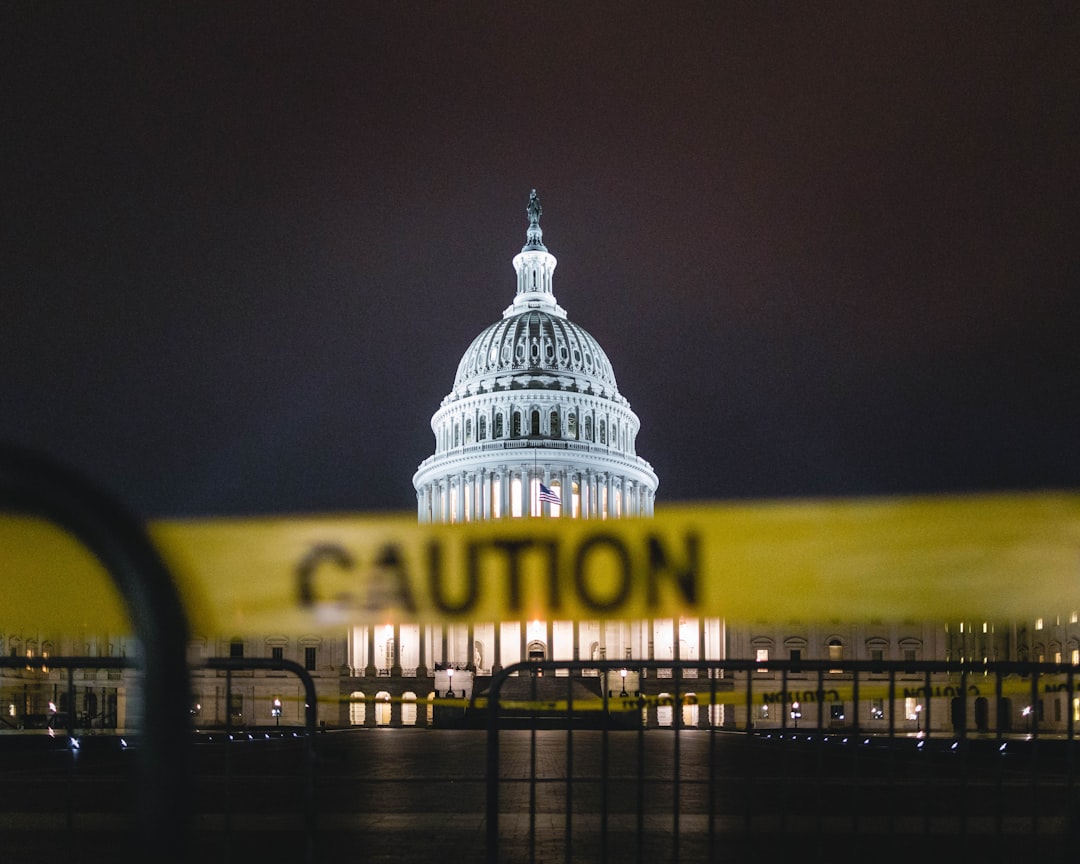Banff, Alberta

Banff’s breathtaking mountain views and iconic lakes have always drawn visitors from across the globe, but the sheer scale of the recent tourist influx has shocked even long-time residents. In 2024, Banff hosted an astonishing 4 million visitors, a number that dwarfs its local population of just over 8,000. The town’s narrow streets swell with traffic, and parking has transformed from a minor inconvenience to a daily battle. Many residents now avoid downtown altogether during peak season, citing frustration with crowds and noise. Authorities have responded with visitor caps and higher parking fees, but these moves have sparked fierce debate. Some residents worry about losing the town’s soul to mass tourism, while others depend on tourist dollars to survive. As one local business owner put it, “We want people to love Banff, but not to love it to death.”
Whistler, British Columbia

Whistler is synonymous with adventure, attracting skiers, mountain bikers, and party-seekers in droves. In 2025, the town welcomed more than 3 million visitors, up a staggering 15% from the year before. That’s meant bumper-to-bumper traffic, overbooked hotels, and two-hour waits for dinner tables during the busy months. Locals, already grappling with high rents, now find themselves squeezed even further as short-term rentals and rising prices push them out. Business owners have mixed feelings—profits are up, but so is staff burnout and the cost of doing business. The municipality is pushing for sustainable tourism strategies, such as encouraging visitors to come in the shoulder seasons, but the appetite for Whistler’s slopes and nightlife shows no sign of slowing. As one resident shared, “It’s like living in a perpetual festival—exciting, but exhausting.”
Niagara-on-the-Lake, Ontario

Niagara-on-the-Lake’s tranquil beauty and historic streets have become magnets for travelers, especially since travel restrictions eased. In 2024, the town saw around 2 million visitors, putting a real strain on its roads, parking, and public spaces. Locals complain of endless lines at cafes, packed sidewalks, and a loss of the town’s once-peaceful atmosphere. The municipal government is now considering a reservation system for major attractions to help manage crowds, but not everyone is convinced it will work. The noise, traffic, and late-night revelry can make residents feel like strangers in their own hometown. There’s a growing push for better dialogue between the tourism sector and the community, with many hoping for solutions that benefit both sides. “We love sharing our town,” said a local shopkeeper, “but we miss the quiet, too.”
Jasper, Alberta

Jasper sits at the heart of a national park famed for its wild beauty and rugged trails. The park’s popularity has soared, with 3.5 million visitors in 2024 testing the limits of local infrastructure and conservation efforts. Rangers and environmentalists are raising alarms about trail erosion, wildlife disturbance, and waste management. To combat the damage, the park has rolled out guided tours and educational programs to promote responsible tourism, but changing visitor habits is a slow process. Residents and business owners are caught between wanting to welcome guests and fearing for the park’s future. There’s a new urgency around conservation, with community groups urging visitors to “leave no trace” and get involved in preservation. As one park official remarked, “We want people to fall in love with Jasper, but we need them to protect it, too.”
Tofino, British Columbia

Tiny Tofino, perched on Vancouver Island’s wild west coast, has become a hotspot for surfers and nature lovers, welcoming over 1.5 million visitors in 2025. This tidal wave of tourists has swamped local beaches, filled hotels to bursting, and led to traffic jams on roads that were never built for such crowds. Residents worry about noise, trash, and the changing character of their once-quiet town. The local council is working on strategies like off-season promotions and improved public transit to spread out the crowds, but there’s only so much space to go around. Community leaders are also ramping up efforts to educate visitors about respecting the environment and local customs. “We’re proud people love Tofino, but we need them to love it responsibly,” said a longtime resident.
Victoria, British Columbia

Victoria has turned into a cruise ship mecca, drawing over 1.2 million cruise passengers in 2024. While this has been a boon for local businesses, the influx has created real headaches for those living and working downtown. Streets around the harbor become clogged with tour buses and crowds, and public spaces are often packed to capacity. The city has responded by creating designated walking routes and bolstering its public transit system, hoping to keep visitors moving without overwhelming the core. However, some residents say these measures don’t go far enough, with frustrations mounting over noise, litter, and the sheer volume of people. The city’s balancing act between economic gain and quality of life is more delicate than ever. “Tourism keeps us going,” said a local bartender, “but sometimes you just want your city back.”
St. John’s, Newfoundland and Labrador

St. John’s, with its winding roads and famous colorful row houses, has seen a 20% spike in tourist numbers in 2025. This boom has filled hotels and restaurants, but it’s also brought traffic jams and crowded sidewalks to the city’s historic core. Many locals are proud to show off their home but admit the constant flow of visitors is wearing thin. Residents have voiced concerns about rising noise levels and the loss of neighborhood intimacy. City leaders are now turning their focus to sustainable tourism, looking to highlight authentic local experiences and cultural heritage instead of just high-volume attractions. Community discussions are underway to find a way forward that benefits everyone. “It’s wonderful to see so many people interested in our city, but we can’t lose what makes us unique,” said a local historian.
Mont-Tremblant, Quebec

Mont-Tremblant’s picturesque mountains and bustling resort scene have drawn over 2 million visitors in 2024, crowding ski lifts and hiking trails alike. This has led to packed parking lots, busy restaurants, and long lines at popular attractions—a far cry from the relaxed vibe many locals remember. The town is now promoting lesser-known sites and enhancing public transport to spread out the crowds. Businesses are trying to strike a balance, offering more personalized experiences and focusing on local products to stand out. Residents, meanwhile, worry about the environmental cost of constant growth and the strain on water and waste systems. The debate over how much tourism is too much is growing louder each season. One resident summed it up: “It’s a blessing and a curse—lots of jobs, but lots of headaches.”
Kelowna, British Columbia

Kelowna’s rise as a wine and adventure destination has brought a 25% jump in visitors in 2025, making the city buzz with excitement—and frustration. The roads are busier than ever, and finding a table at popular restaurants or a spot at the lakeshore feels like a competitive sport. Locals are increasingly worried about the impact on housing affordability, as short-term rentals and demand for vacation homes push prices higher. City officials are working on sustainable tourism initiatives, urging visitors to explore lesser-known wineries and eco-friendly activities. The challenge is to maintain Kelowna’s appeal without sacrificing its livability. “We want to share what makes this valley special, but we can’t forget the people who call it home,” said a community advocate.
Canmore, Alberta

Canmore, nestled at the edge of the Rockies, has been swept up in the tourism wave, recording over 1 million visitors in 2024. The resulting spike in traffic, parking woes, and crowded hiking trails has put a strain on both infrastructure and community spirit. Residents are pushing for more sustainable practices, such as enhanced transit options and encouraging tourists to visit outside the peak months. Town leaders have started conversations about how to grow tourism in a way that preserves Canmore’s small-town charm and natural beauty. The debate is lively, with strong opinions on all sides—some see tourism as the town’s lifeblood, while others fear it’s choking the life out of the local culture. “We love sharing Canmore, but we want to keep what makes it special,” said a longtime resident.








